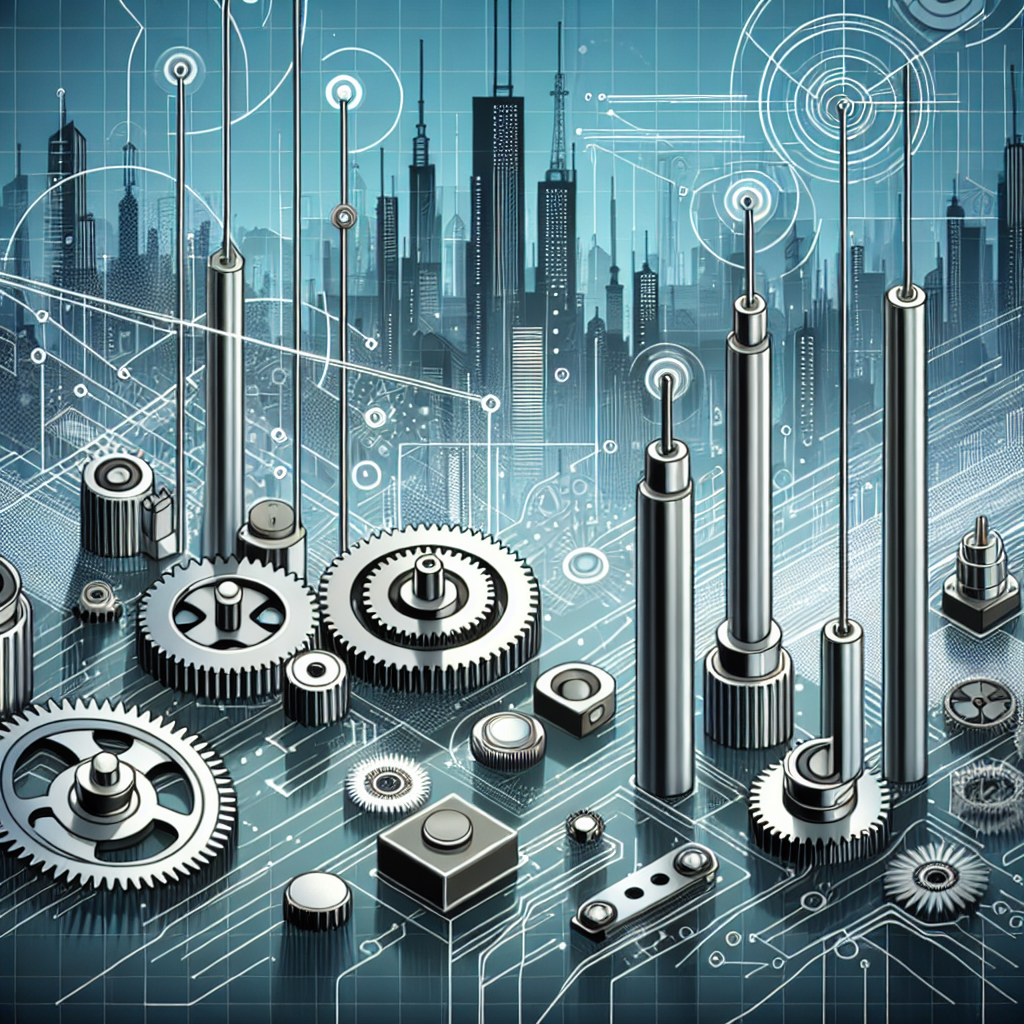Understanding the Role of Actuators in Modern Technology
Actuators play a crucial role in modern technology, serving as the driving force behind a wide range of devices and systems. From robotics to automotive applications, actuators are essential components that convert electrical or mechanical energy into motion. Understanding the role of actuators is key to appreciating their importance in the functionality and performance of various technological advancements.
Actuators are devices that are designed to produce mechanical motion by converting various forms of energy into kinetic energy. They are commonly used in a wide range of applications, including industrial machinery, robotics, aerospace, and automotive systems. Actuators come in different types and forms, such as electric, pneumatic, hydraulic, and piezoelectric actuators, each with its own unique characteristics and capabilities.
One of the key roles of actuators in modern technology is automation. Actuators are used in automated systems to control the movement of mechanical components, such as valves, gates, and robotic arms. By using actuators, engineers can design systems that can perform repetitive tasks with precision and efficiency, reducing the need for human intervention and improving overall productivity.
In the field of robotics, actuators are essential components that enable robots to move and perform tasks. Electric actuators, for example, are commonly used in robotic arms to control the movement of joints and end-effectors. Hydraulic actuators, on the other hand, are used in heavy-duty applications where high force and power are required, such as in construction equipment and industrial machinery.
Actuators also play a crucial role in the automotive industry, where they are used in various systems, such as power windows, door locks, and engine valves. Electric actuators are commonly used in modern vehicles to control the movement of components, such as adjusting the position of the seats or opening and closing the sunroof. In electric vehicles, actuators are also used to control the throttle and braking systems.
In the aerospace industry, actuators are used in aircraft control systems to regulate the movement of flaps, rudders, and landing gear. Hydraulic actuators are commonly used in aircraft to provide the high force and power required to move control surfaces and landing gear quickly and efficiently.
Overall, actuators play a critical role in modern technology by enabling the precise control and movement of mechanical components in a wide range of applications. Whether it’s in robotics, automotive systems, aerospace, or industrial machinery, actuators are essential components that help drive technological advancements and improve the efficiency and performance of various systems. Understanding the role of actuators is key to appreciating their importance and potential in shaping the future of technology.


